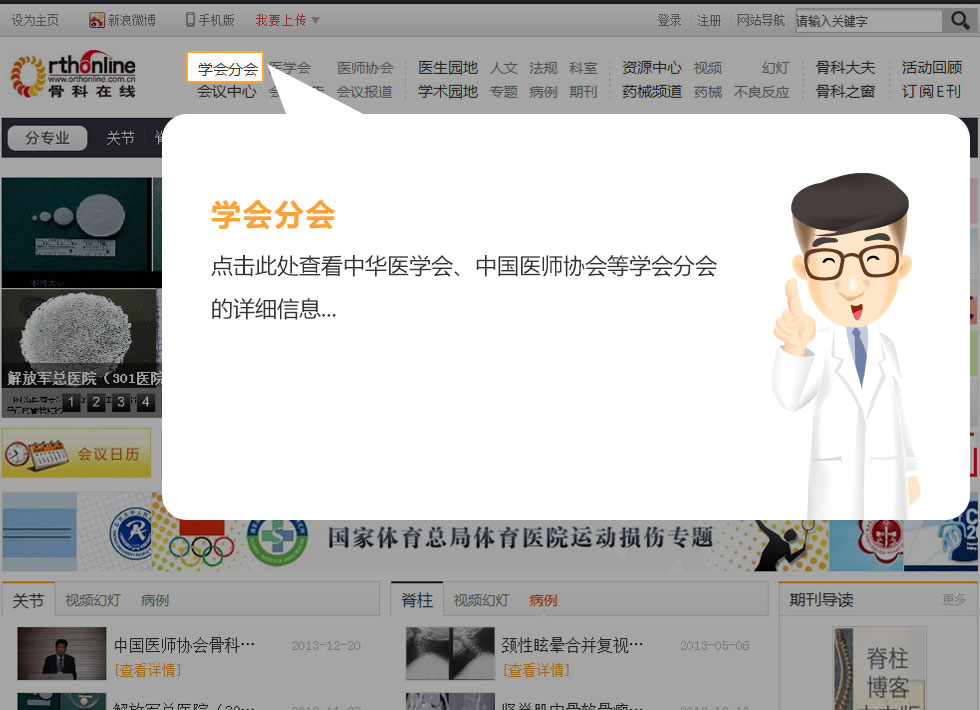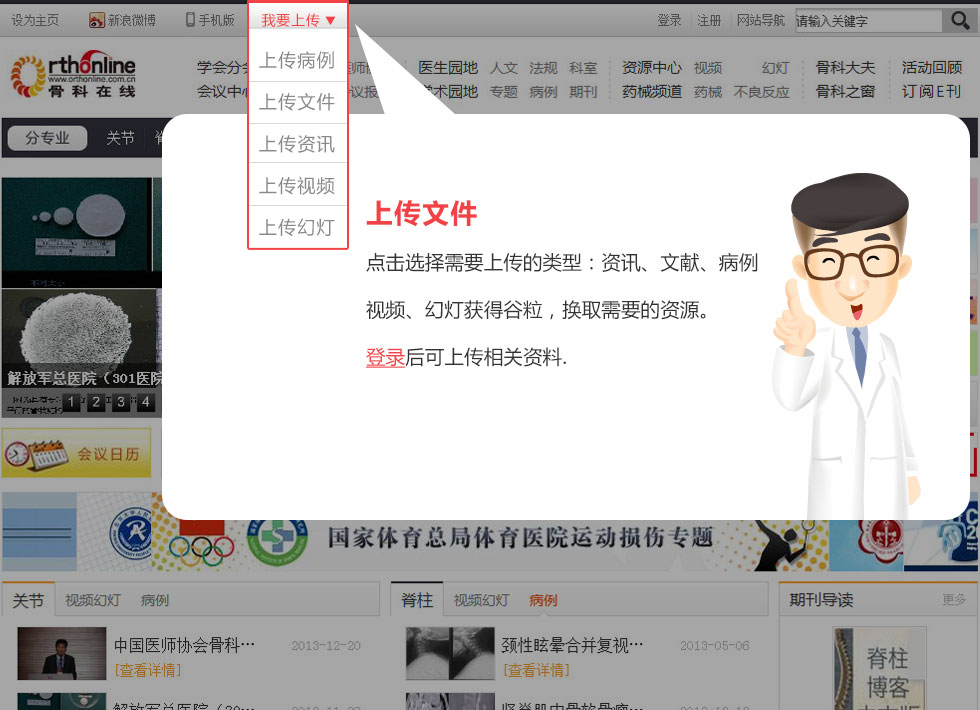Polyethylene Wear and Osteolysis After Cementless Total Hip Arthroplasty with Alumina-on-Highly Cross-Linked Polyethylene Bearings in Patients Younger Than Thirty Years of Age
第一作者:Young-Hoo Kim
2013-07-09 点击量:493 我要说
Young-Hoo Kim,Jang-Won Park, Chirag Patel,Dae-Youn Kim
Background:
We asked whether cementless total hip arthroplasties that made use of alumina-on-highly cross-linked polyethylene bearings would improve hip score and functional activity and reduce the prevalence of polyethylene wear, osteolysis, and aseptic loosening.
Methods:
Consecutive primary total hip arthroplasties were performed in fifty patients (a total of sixty hips among thirty-four men and sixteen women) who were younger than thirty years of age. The average age at the time of the index arthroplasty was 28.3 years (range, twenty-one to twenty-nine years). The average follow-up was 10.8 years (range, ten to twelve years). Osteolysis and polyethylene wear rates were evaluated with use of radiography and computed tomography.
Results:
The mean Harris hip score, which was 38 points (range, 6 to 45 points) preoperatively, had improved to 95 points (range, 85 to 100 points) at a mean follow-up time of 10.8 years. The mean penetration (and standard error of the mean) of the polyethylene liner was 0.031 ± 0.004 mm per year. No hip had osteolysis or aseptic loosening.
Conclusions:
At a minimum of ten years and an average of 10.8 years postoperatively, the current generation of cementless acetabular and femoral components with alumina-on-highly cross-linked polyethylene bearings was functioning well and was not associated with the development of osteolysis in our group of patients younger than thirty years of age. While the long-term prevalence of polyethylene wear and osteolysis remains unknown, the midterm data are promising.





 京公网安备11010502051256号
京公网安备11010502051256号